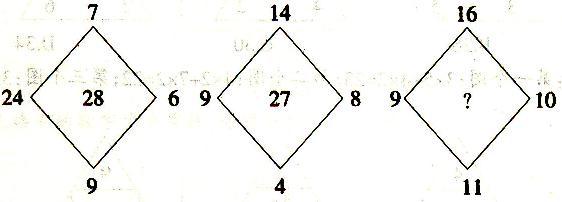Many things make people think artists are weird. But the weirdest may be this:artists’ only job is to explore emotions,and yet they choose to focus on the ones that feel bad.
This wasn’t always so. The earliest forms of art,like painting and music,are those best suited for ex-pressing joy. But somewhere from the 19th century onward,more artists began seeing happiness as mean ingless,phony or,worst of all,boring,as we went from Wordsworth’s daffodils to Baudelaire’s flowers of evi1.
You could argue that art became more skeptical of happiness because modern times have seen so much misery. But it’s not as if earlier times didn’t know perpetual war,disaster and the massacre of innocents.
The reason,in fact,may be just the opposite:there is too much damn happiness in the world today.
After all,what is the one modern form of expression almost completely dedicated to depicting happiness? Advertising. The rise of anti-happy art almost exactly tracks the emergence of mass media,and with it,a commercial culture in which happiness is not just an ideal but an ideology.
People in earlier eras were surrounded by reminders of misery. They worked until exhausted,dived with few protections and died young. In the West,before mass communication and literacy,the most Powerful mass medium was the church,which reminded worshippers that their souls were in danger and that
they would someday be meat for worms. Given all this,they did not exactly need their art to be a bummer too.
Today the messages the average Westerner is surrounded with are not religious but commercial,and forever happy. Fast-food eaters,news anchors,text messengers,all smiling,smiling,smiling. Our magazines feature beaming celebrities and happy families in perfect homes. And since these messages have an agenda-to lure us to open our wallets-they make the very idea of happiness seem unreliable. “Celebrate!” commanded the ads for the arthritis drug Celebrex,before we found out it could increase the risk of heart attacks. But what we forget--what our economy depends on us forgetting--is that happiness is more than pleasure without pain. The things that bring the greatest joy carry the greatest potential for loss and disappointment. Today,surrounded by promises of easy happiness,we need art to tell us,as religion once did,Mementomori:remember that you will die,that everything ends,and that happiness comes nut in denying this but in living with it. It’s a message even more bitter than a clove cigarette,yet,somehow,a breath of fresh air. [中国农业银行真题]
Which of the following is true of the text?( )
由第五段In the west,before mass communication and literacy,the most powerful mass medium was the church…可知,在大众媒体出现之前,最强大的媒介是教堂,并提醒人们的灵魂处于危险中。
固定题干
根据《中华人民共和国中国人民银行法》的规定,我国货币政策的最终目标是( ),并以此促进经济增长。
箱子里面有红、白两种玻璃球,红球数比白球数的3倍多两个,每次从箱子里取出7个白球、15个红球。如果经过若干次以后,箱子里只剩下3个白球、53个红球,那么,箱子里原有红球比白球多多少个?
将自然数1~100分别写在完全相同的100张卡片上,然后打乱卡片,先后随机取出4张,问这4张先后取出的卡片上的数字呈增序的几率是多少?()

对于债券利率的风险结构,描述正确的有( )。
市场经济体制下,财政具有的职能有( )。
( )决定着生产关系。
左边给定的是纸盒的外表面,下列哪一项能由它折叠而成?( )

货币制度最基本的内容是规定( )。
如果一国货币汇率上升,即对外升值,就可能会导致( )。

()